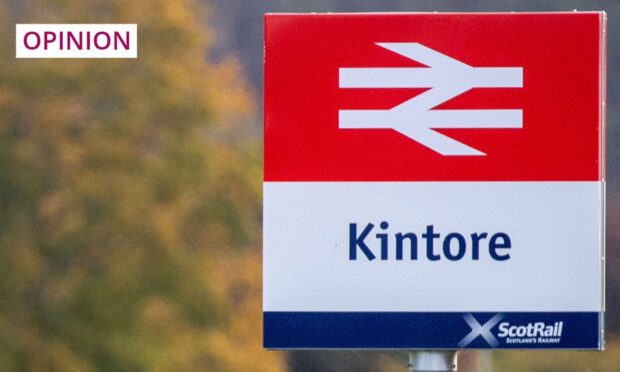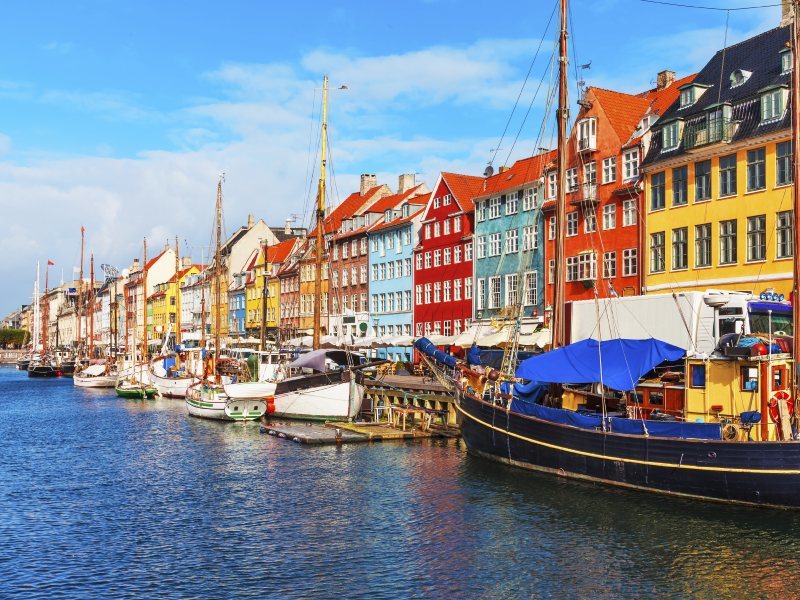If you build it, they will come… And that’s exactly what has happened in Kintore.
I mean, who would have thought that giving the good folk of this lovely town their own train station would mean they would start travelling by train? Eh, anyone with common sense, that’s who.
But Kintore Station hasn’t just been a bit of a success story – it’s been a runaway triumph.
More than 225,000 passengers have used this transport hub since it opened three years ago. Or reopened, to be more precise, thanks to folk with a bit of vision reversing the blinkered Beeching vandalism of the 1960s.
People in Kintore are waxing lyrical about how it has improved their lives, their businesses, their community. Which makes it worth every penny of the £15 million the station cost.
So, given we now have tangible proof of what a rail link can achieve, why stop there? Why not pick the low-hanging fruit of reopening Cove and Newtonhill, so they, too, can benefit?
And doesn’t it make perfect sense to bring Ellon, Peterhead and Fraserburgh back into the rail network? That is exactly what the Campaign for North East Rail is fighting for, and it’s a battle we should all support.
Better transport links in the north-east are vital for making the whole region vibrant, attractive and successful. Kintore has shown the way – now, let’s allow other communities to get on track.
Denmark is demonstrating exactly what Scotland could be doing
Seeing as Doctor Who is back on telly – brilliantly so, by the way – let me tell you about my weekend trip to a parallel universe.
There I was in a wee nation in the north of Europe with a population of five million hardy souls, braced for a glum, dark, cold winter, with cosy pubs as a communal retreat. So far, so familiarly home – but there was something different about this place.
First off, were the people. They were, well, smiley and cheerful and super friendly. But, then, they had reason to be pleased. The city streets were spotlessly clean, with nary a dropped chip bag nor speckled gum pavement to be seen.
And there were super-efficient buses and trains to get around in. Cheap, frequent, and they got you where you needed to go when you needed to get there. What marvel is this?
Even better was that the staff on said public transport were helpful – even (dare I say it?) the ones at airport security. When I say ones, I mean hunners. Gosh, a key bottleneck spot staffed up to deal with hundreds of passengers, so no one ends up in a queue for hours. Truly the stuff of science fiction.
Mind you, this utopian paradise did have a dark, dystopian side. The cosy pubs were full of character – and folk smoking like there was no tomorrow. It was like 1984. No, not the book by Orwell, but the year when folk could still pollute the lungs of fellow tipplers without a second thought.
But, hey, I’ll take a jumper that smells of stale fags in the morning if it comes with the rest of the benefits of this ordered, civilised society I stumbled into during my adventure in space and time.
So, where is this wonderland? Somewhere in a sci-fi writer’s fevered imagination?
Why does Denmark have faith in its future and we do not?
And, all the time, I kept asking why a nation so similar in size and outlook to Scotland should be so many light years ahead in terms of infrastructure, confidence and a positive view of the future. Couldn’t our own wee nation in the far north exude this sense of well-being in every aspect of its daily life?
What’s the difference between us in Scotland and our friends in Denmark? I mean, both are resource-rich nations with a skilled and talented workforce, and both offer the best the world has in terms of culture, food, drink, history and scenery.
Why is Denmark considered one of the most prosperous and successful countries in the globe and Scotland isn’t? Why does Denmark have faith in its future and we do not?
Could it be because our Danish friends are able to shape their own destiny to benefit their people and generations to come, while Scotland can’t because a hostile parliament hundreds of miles away says it mustn’t?
I have seen what Scotland could and should be. We don’t need a Tardis to make that Scotland a reality in the years to come. We just need our own faith in our own future.
Scott Begbie is a journalist and editor, as well as PR and comms manager for Aberdeen Inspired



Conversation